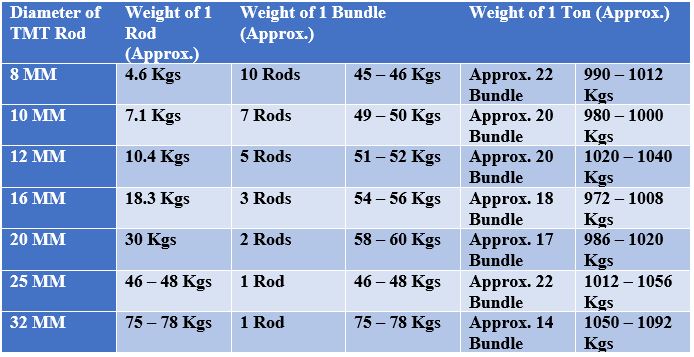How TMT Bars Keep Buildings Standing Strong During Earthquakes?
In regions prone to seismic activity, the durability and
resilience of structures are paramount. Among the many components that
contribute to earthquake-resistant construction, TMT bars stand out as
indispensable. TMT bars, or Thermo-Mechanically
Treated bars, play a crucial role in reinforcing buildings and ensuring their
ability to withstand the forces unleashed during earthquakes. Let's delve
deeper into how these bars keep buildings standing strong when the ground
beneath them shakes.
Understanding TMT Bars:
TMT bars are steel bars that undergo a unique
manufacturing process involving heat treatment and mechanical manipulation.
This process enhances their strength, ductility, and weldability, making them
ideal for use in construction projects, especially in seismic zones. The
combination of strength and flexibility in TMT bars is what makes them
particularly effective in resisting the lateral forces generated by
earthquakes.
Reinforcing Structures:
One of the primary functions of TMT bars in earthquake-resistant
construction is reinforcement. They are strategically placed within concrete
structures to increase their load-bearing
capacity and prevent collapse during seismic events. TMT bars act as a
skeleton, distributing the stress and strain caused by seismic waves throughout
the structure, thereby minimizing damage and ensuring the safety of occupants.
Enhanced Ductility:
Ductility, or the ability of a material to deform without
breaking, is a critical property in earthquake-resistant construction. TMT bars
exhibit high ductility, allowing them to bend and flex under stress without
compromising their structural integrity. This characteristic is essential in
absorbing and dissipating the energy generated during an earthquake, thereby
reducing the likelihood of structural failure.
Resistance to Corrosion:
Another advantage of
TMT bars is their resistance to corrosion, which is crucial for the
long-term durability of structures in seismic zones. Corrosion weakens the
reinforcement within concrete structures, compromising their ability to
withstand seismic forces. TMT bars, with their
corrosion-resistant properties, ensure that the structural integrity of
buildings remains intact even in harsh environmental conditions.
Compliance with Building Codes:
In many seismic-prone regions, building codes mandate the
use of TMT bars in construction projects to ensure structural safety. These
codes specify the grade, size, and placement of TMT bars based on the
seismicity of the area and the type of structure being built. Compliance with
these regulations is essential for architects, engineers, and builders to
mitigate the risks associated with earthquakes and protect the lives of
occupants.
Conclusion:
TMT bars are indispensable components of
earthquake-resistant construction, providing the strength, flexibility, and
durability necessary to withstand seismic forces. Their role in reinforcing
structures, enhancing ductility, resisting corrosion, and ensuring compliance
with building codes makes them invaluable in safeguarding buildings and the
people within them during earthquakes. As our understanding of seismic
engineering continues to evolve, TMT bars remain at the forefront of
innovations aimed at creating safer and more resilient structures in
seismic-prone areas.
Shop for Earthquake-Resistant TMT Bars for Your
Construction Project at Radha TMT.
Ensure the safety and stability of your construction project
by choosing earthquake-resistant TMT bars from Radha TMT. With our high-quality
TMT bars, you can build with confidence, knowing that your structure is
fortified against seismic activity. Visit Radha TMT today to shop for the best
TMT bars for your construction needs.




Comments
Post a Comment